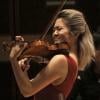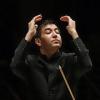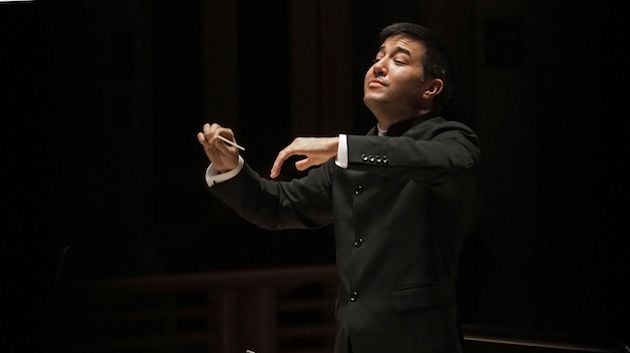
Sunday’s performance by the Santa Rosa Symphony offered a healthy dose of 21st-century music firmly rooted in the 19th. Matt Browne’s first symphony, “The Course of Empire,” is inspired by The Course of Empire series of five paintings by Thomas Cole, the artist who founded the Hudson River School of American painting in the 1820s. The orchestral work employs a diverse collection of 19th-century melodic snippets to recount the familiar narrative of an empire’s rise and fall.
Browne’s method is uncannily similar to that of Charles Ives, who interspersed his symphonies with direct quotations from folk songs, popular melodies, and military marches. But, as in the case of Ives, there is much more to Browne’s patchwork quilt than musical quotations.
Browne’s own contributions to “The Course of Empire” include his compelling musical narrative, his dazzling orchestration, and his incessant invention. The narrative begins in the first painting/movement, titled “The Savage State” by Cole, but “Ascension” by Browne. The story, which centers on a deer hunt by ancient ancestors, begins at sunrise with the pianissimo caressing of a bass drum, soon joined by equally quiet strings in the upper registers. A horn uses four widely spaced intervals to evoke a distant crag, leading into an increasingly dense texture that congeals into a strong motive from the lower strings. The chase is on as the motive gives way to a propulsive beat. A brass fanfare marks the successful end of the hunt, punctuated by another widely spaced interval from the horns.
This kind of narrative pervades the next four movements, with Cole’s title in quotes and Browne’s in parentheses: “The Pastoral or Arcadian State” (Pastoral), “The Consummation of Empire” (Apotheosis), “Destruction” (Hubris), and “Desolation” (Ephemera). The musical content hews so closely to the original paintings that it’s hard to understand why Browne chose new titles.
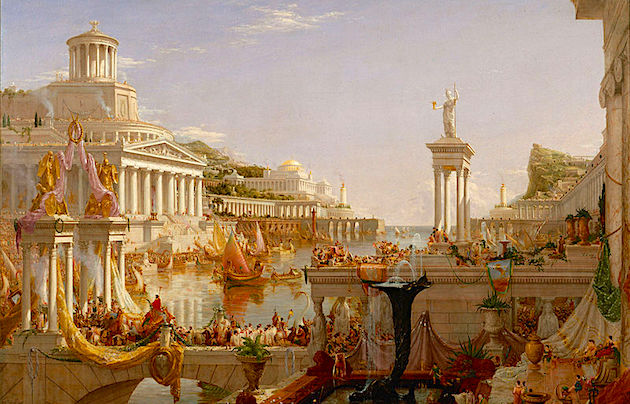
Titular quibbles aside, the music is consistently rewarding, and the Symphony’s performance thereof was superb. The lilting peasant dance in the “Pastoral” movement serves as a foil for increasingly dense and skillful orchestration that intertwines several musical ideas. The dramatic contrasts of “Apotheosis” artfully depict the many forces at work in a consummated empire. Here the Ivesian influence is most evident, with a snippet from a fife-and-drum corps, for example, leading to an impassioned Welsh hymn. Ominous sounds of brewing war dominate the ending, with the snare drum suggesting machine guns and the low brass a surging army.
The ensuing “Hubris” (Destruction) movement begins with a tremendous crash, followed by rapid figuration in the strings. The forward motion is palpable, accented by occasional glissandi and increasingly desperate tempi. The sound moves through the orchestra like fire. Only in the final “Ephemera” (Desolation) movement does the pace let up, replaced by a glittering sheen of sound. A lonely air from the violas sets the desolate mood, which slowly transforms into a hint of optimism, buoyed by folk songs and an apparent rebirth of nature that one surmises will lead to the savage state of the opening movement. It’s quite a journey.
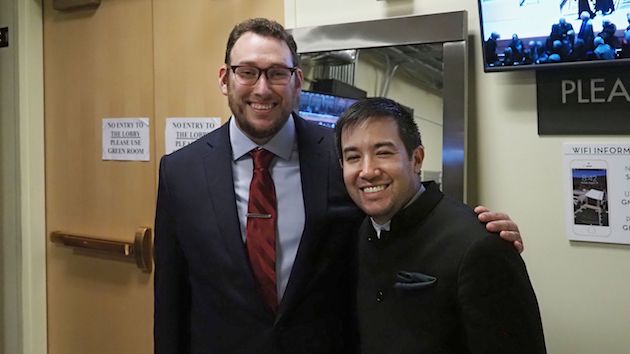
Not content with one masterwork, conductor Francesco Lecce-Chong opened the program with a sparkling rendition of Beethoven’s “Leonore” Overture No. 3. The tension of the first few bars, with their sustained notes and descending lines, resolved seamlessly into the main theme. The tempo was brisk, and the dynamics carefully controlled. Lecce-Chong’s insistence on precise articulation allowed Beethoven’s compelling structure to shine through. None of that, however, prepared one for the distant trumpet solo from behind the balcony, a truly operatic gesture.
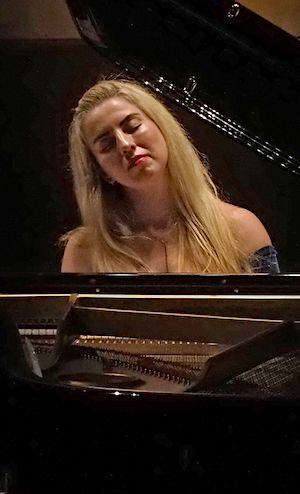
More operatic gestures unfolded in the second half of the concert, devoted entirely to Rachmaninoff’s Third Piano Concerto under the agile fingers of Natasha Paremski. Much ink and celluloid has been devoted to the Romantic glories of this titanic clash between piano and orchestra, but it never ceases to amaze. Paremski, clad in an Oscar-worthy dress, high heels, and with waist-length blond hair, added glamour simply by walking onstage.
Once seated, Paremski peered straight ahead and plugged her fingers directly into the Fazioli piano. She projected well, and connected the notes: Her phrasing was seamless. Even more striking was the amount of power she exerted on the lower notes, which resounded throughout the hall. She was in total control.
The first movement’s lengthy cadenza turned into an astounding display of prestidigitation. Just when you think Paremski’s fingers can’t move any faster, she turns up the wattage. Paremski proved equally soothing in the languid Adagio movement, cultivating a graceful and undulant sound. More dynamic contrast would have helped her cause, but the effect was nonetheless transcendent. The sudden transition to the “alla breve” (cut time) finale sent Paremski into swaying motion. She was by turns a pixie weaving dainty filigrees of notes in the upper keyboard, then a blazing meteor headed straight from the outer reaches to an earth-shattering crash on the lowest keys of the piano. For that Newtonian action, the reaction was equal and immediate: The audience leaped to its feet with a roar.


